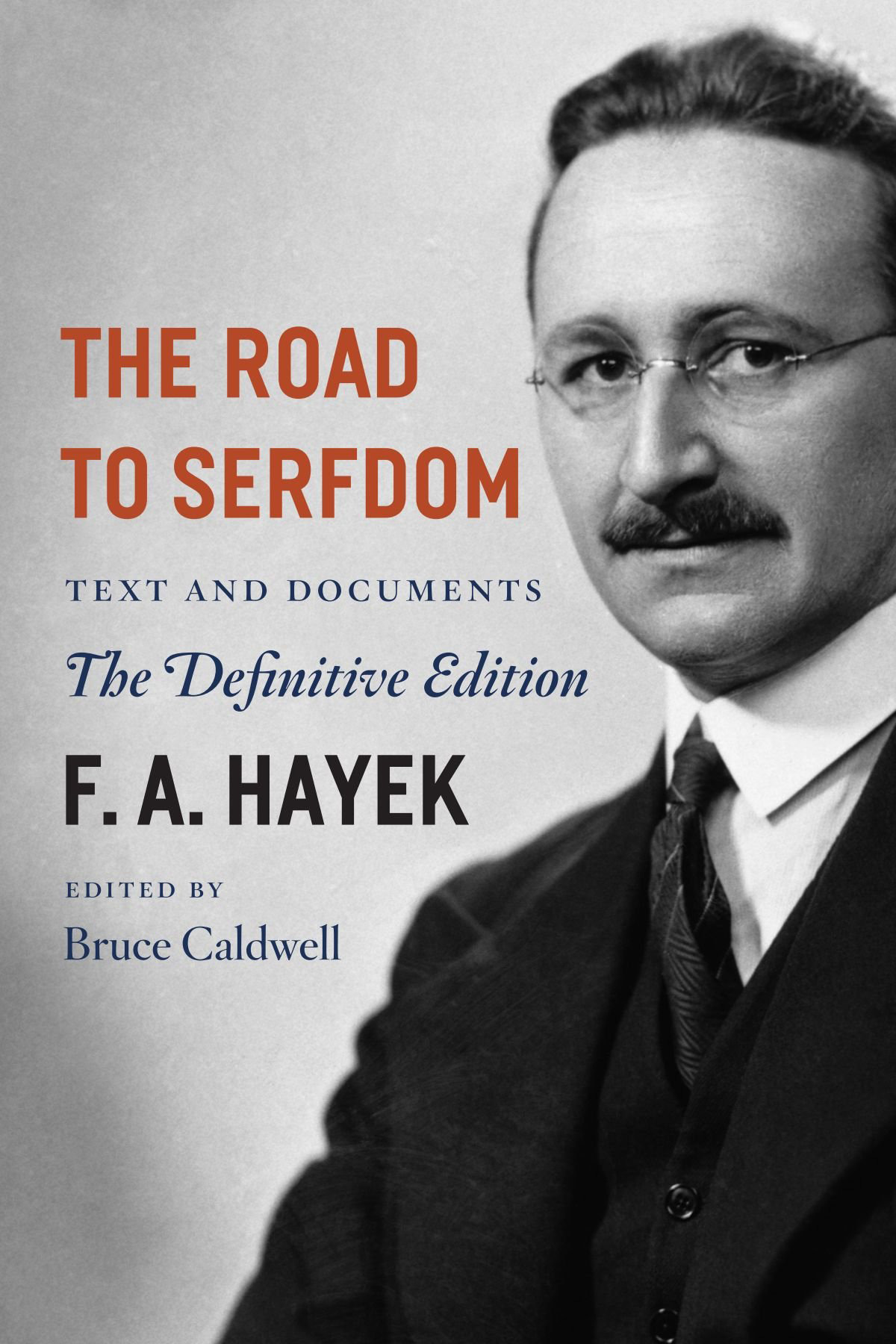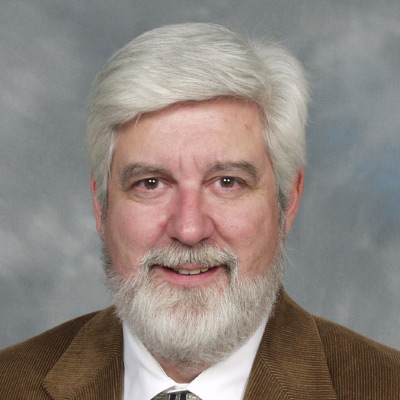Americans love to create lists of important people, events and things. As the title of this article suggests, F. A. Hayek not only belongs on a list of the century’s great social theorists but deserves to be at its apex. Although Hayek is not a household name, no other 20th century social thinker has better understood how free societies work, and none has been so vindicated by unfolding events in so many intellectual areas. As 1999 is the centenary of Hayek’s birth, it’s an especially opportune time to examine his ideas and their real-world impact during this century, much of which Hayek—who died in 1992—lived to see.
The 20th century has seen a single, unifying intellectual struggle play out across its decades, affecting all the earth’s peoples. That struggle has been between those who wished the state to impose a centrally planned order on society and those who understood that the best order—and the only one consistent with democracy and individual freedom—is a spontaneous one that does not need imposition. Such an order flourishes only under democratically, or constitutionally, restrained governments that operate under the rule of law. Tens of millions of people have died in this century’s wars, perished under oppressive regimes or were put to death simply because they were in the political opposition. Even those who survived have often suffered harsh economic and political deprivation. This is the most visible manifestation of the ideological struggle in which Hayek was a central participant.
The Early Years and the Great Depression
The Austro-Hungarian empire was at its zenith when Hayek was growing up in pre–World War I Vienna. He considered his an idyllic childhood.[1] The Hayek men had typically been civil servants, but Hayek and his two brothers became university professors, and his cousin, Ludwig Wittgenstein, became a world-famous philosopher.
During the Great War that transformed Europe both geographically and ideologically, Hayek served as an artillery officer in the Austrian army. He became, in his own words, a “mild socialist,” who hoped that at war’s end there would be a societal reorganization and world peace. In 1918 Hayek entered the University of Vienna, where he earned two doctorates, one at age 21 in law and the second in political economy. While at the university, he had many brilliant teachers of political economy, most notably Ludvig von Mises. Mises held an honorary professorial post but, more important, hosted the fortnightly Privatseminar, where gifted, rising students in economics, sociology and philosophy presented their papers and where new ideas and theories were enthusiastically discussed. For Hayek, it was the beginning of a lifelong friendship with Mises, the most prominent living member of the Austrian school of economics.[2] Within three years, Hayek’s socialistic leanings had been redirected by Mises’ persuasive arguments, which were consistently rooted in the classical liberal tradition.
Because the war’s aftermath brought depression to many countries and hyperinflation to Germany (which dramatically affected Austria), Hayek and Mises cofounded an institute to study business cycles. Hayek’s 1929 work Geldtheorie und Konjunkturtheorie (later published in English as Monetary Theory and the Trade Cycle) drew the attention of economists in other nations, and in 1930 he was invited to London to lecture on the Austrian theory of business cycles.[3]
The London Years
Hayek was invited to lecture at the London School of Economics (LSE) by Lionel Robbins, and in 1931 he gave the series of lectures that became Prices and Production. [4] Although Hayek was coolly received at Cambridge, home of John Maynard Keynes’ “Cambridge Circus,” his lectures were enthusiastically applauded at the LSE, which offered him the Tooke Chair in Economic Science and Statistics the following year. Hayek promptly accepted, which led to his permanent residence, and citizenship, in Britain. Except for a brief stint at Cambridge during World War II, he remained at the LSE until 1950.
It was during Hayek’s London days that he became internationally recognized as one of the world’s leading classical liberal scholars and thinkers. Prices and Production was followed by Collectivist Economic Planning, The Pure Theory of Capital and the book that would introduce him to the general public on both sides of the Atlantic, The Road to Serfdom. This book, completed in 1944, sold so well that the University of Chicago Press had to reprint it three times in the first three weeks after its release. The Book-of-the-Month Club distributed 600,000 copies of the condensed version, which had been serialized in Reader’s Digest. [5] Ultimately, this work would become a multimillion worldwide best-seller.
Hayek was better known to the general public than even Keynes, whose policy ideas and macroeconomic theories dominated the postwar world. But Hayek’s career seemed at its peak, for after his penetrating dissection of socialism, the general academic community slowly turned chilly toward him. The Labour Party, full of avowed socialists who wanted to implement many of the policies Hayek’s book had condemned, took power in 1945. The political and intellectual climate in Hayek’s adopted country was decidedly hostile to his antisocialist, antiplanning arguments. He retreated to academia and in 1948 published Individualism and Economic Order, a book of essays that dissented from the postwar embrace of ever-widening government intervention.
Believing the classical liberal order was under theoretical and political assault in 1947, Hayek founded an organization whose purpose was “to work out the principles which would secure the preservation of a free society” and to promote such a society internationally. The new group was named after the site of its initial meeting, Mont Pelerin on Lake Geneva, Switzerland. The first meeting of the Mont Pelerin Society drew a glittering collection of intellectuals from around the world, many of whom had never met because of wartime travel restrictions. The society would ultimately succeed in making a reality of Hayek’s vision of retaking the future from the then-dominant statist movements.[6]
Chicago and the Later Years
In 1950, Hayek accepted a professorship in social and moral science at the University of Chicago and joined the school’s Committee on Social Thought. Through with writing economic theory at this point, Hayek widened the scope of his writing and scholarship. He published works in political science, law, sociology, history of science, biography, history and even psychology. Hayek was rare in that he integrated his knowledge of economic theory with a theory about the generation, perception and evolution of knowledge generally and of all human evolution. It was during this period that he wrote The Sensory Order, John Stuart Mill and Harriet Taylor, The Constitution of Liberty and The CounterRevolution of Science. He also edited and wrote an introductory essay for Capitalism and the Historians.
In 1962, Hayek returned to Germany as a professor of economic policy at Albert Ludwigs Universität at Freiburg, West Germany. But ironically, even as he lived amid the German “economic miracle,” which his teaching had so influenced,[7] Hayek’s political positions seemed less fashionable than ever to many, and in 1968 he retired from the university and from active academic life. He became isolated and depressed and was routinely ignored or forgotten by those who disagreed with him. Despite this, Hayek was far from through with thinking and writing. The catalyst that regenerated the old fires came, surprisingly, in 1974 from socialist Sweden, when he and Gunnar Myrdal were awarded the Nobel Memorial Prize in Economic Sciences.
His retirement financially secured by the prize money, Hayek returned to his unfinished work and completed the second and third volumes of Law, Legislation and Liberty, in which he elaborated on themes explored in The Constitution of Liberty. In his final book, The Fatal Conceit: The Errors of Socialism, published in 1988, Hayek took a powerful and logical look at why socialism had to fail. And then, empirically, all over the world that failure began to happen in ways so dramatic as to have been unimaginable just a few years earlier. The Soviet Union collapsed, the Berlin Wall fell and Germany was reunited. Even self-described socialist nations began to follow America’s lead, cutting their tax rates and sometimes selling off their public business monopolies. Historical developments everywhere seemed to confirm Hayek’s theories, and even his old nemesis—Keynesian economic theory—no longer dominated macroeconomic policy. Instead, it became one of many macroparadigm approaches that developed between 1950 and 1980, including monetarism, supply side economics, rational expectations and, of course, variations on Keynes’ original ideas.[8]
As we move into a new century, Hayek’s vision of a world of more open societies is arriving, albeit slowly in places. His was a remarkable life, and though he doubtlessly sometimes believed the flow of history ran against him, he always seemed optimally positioned to research and write on precisely the topics that would shape world events. He was a model scholar, always exceptionally polite to his intellectual adversaries, a prolific yet trenchant writer and an example of the type of person who lives by his professed ideals. And while in terms of policy his own century favored others—notably Marx, Pigou, Fischer, Keynes, Friedman and Mundell— the 21st may see an international blooming of societies based on his vision of a free—and a good—society.
Notes
[1] Raybould, John (1998), Hayek: A Commemorative Album (London: Adam Smith Institute).
[2] Also known as the Viennese school, the Austrian school began with Carl Menger and has included or influenced, to a greater or lesser degree at various times, such notables as Eugen von Böhm-Bawerk, Friedrich von Wieser, Gottfried Haberler, Joseph Schumpeter, Oskar Morgenstern, Fritz Machlup, Lionel Robbins, Israel Kirzner, Wilhelm Röpke, G. L. S. Shackle, Ludwig Lachmann and Murray Rothbard.
[3] Hayek visited London a year earlier for a monetary conference, where he first met his future lifelong intellectual opponent, John Maynard Keynes. Though friends, Hayek and Keynes agreed infrequently on economic theory and public policy issues.
[4] Hayek, F. A. (1972), Individualism and Economic Order (Chicago: Regnery Gateway Editions), orig. pub. 1948.
[5] Raybould, John (1967b), Prices and Production, 2nd ed. (New York: Augustus Kelley Reprints of Economic Classics), orig. pub. 1931.
[6] Raybould, John (1998), Hayek: A Commemorative Album (London: Adam Smith Institute), 55–59.
[7] Ludwig Earhard, whose “bonfire of controls” ignited the German economic reconstruction one Sunday afternoon in the late 1940s, attended the second meeting of the Mont Pelerin Society. His chief economic advisor, Walter Eucken, was also a society member and later helped Hayek secure his position at Freiburg. Röpke, another Mont Pelerin member, had advised Earhard to abolish the Allied-imposed controls in 1948. After the controls were lifted, a long-running experiment unfolded that showed West Germany’s freer economy was clearly superior to East Germany’s communist one. The result was, of course, the erection of the Berlin Wall to prevent flight from communist East to capitalist West.
[8] Keynesians now are in three subgroups: Neo-Keynesian, post-Keynesian and Post Keynesian. Each group is attempting to come to terms with the deficiencies of Keynes’ The General Theory of Employment, Interest and Money in light of economic performance and policy problems since 1950.








